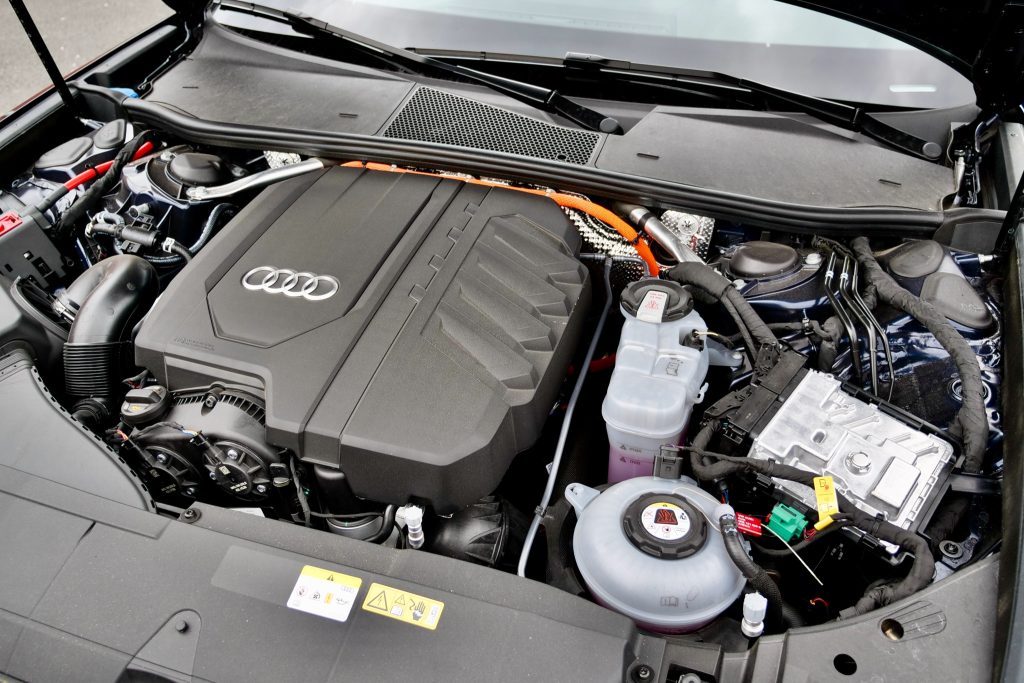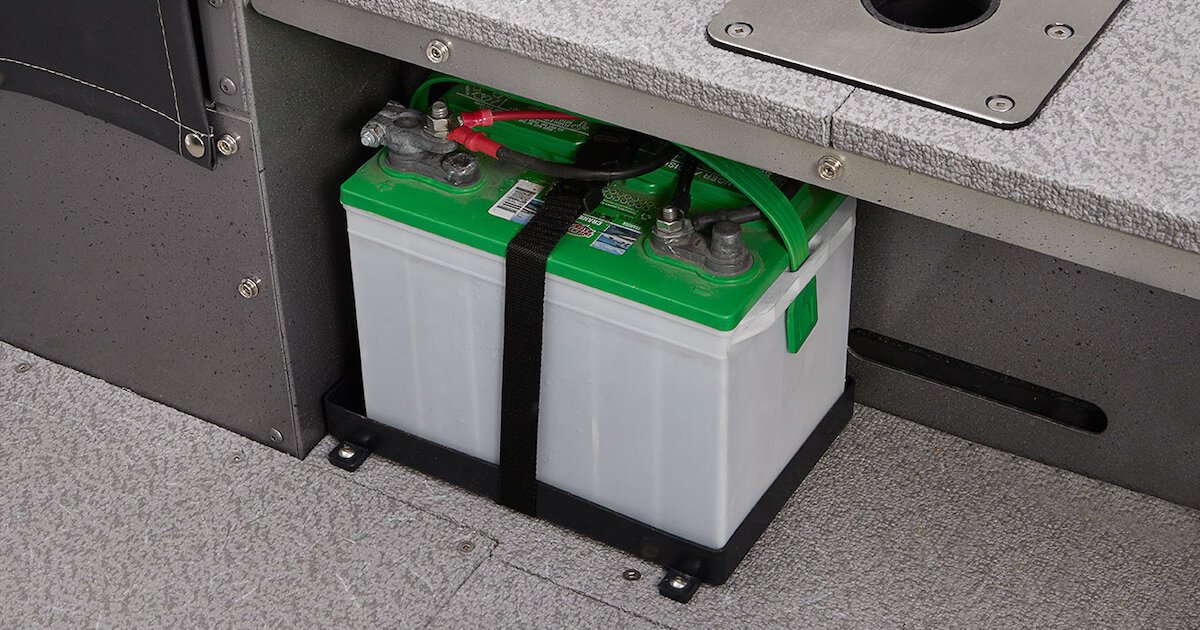AGM batteries, or Absorbent Glass Mat batteries, are a popular choice for many applications. They are known for their low maintenance and high performance.
However, to ensure their longevity and optimal performance, regular maintenance is crucial. This is especially true for AGM batteries used in deep cycle applications.
In this guide, we will delve into the best practices for AGM battery maintenance. We aim to provide comprehensive and actionable tips to help you get the most out of your AGM batteries.
Whether you’re a professional or an individual using AGM batteries in your RV, boat, solar power system, or UPS, this guide is for you.
We’ll cover everything from proper charging to storage and routine checks.
By the end of this article, you’ll have a solid understanding of how to maintain your AGM batteries effectively. Let’s get started.

Understanding AGM Batteries and Their Maintenance Needs
AGM batteries are a type of lead-acid battery. They use an absorbent glass mat to hold the electrolyte, hence the name.
These batteries are favored for their low maintenance needs. However, they still require regular checks to ensure their longevity and optimal performance.
AGM batteries are commonly used in applications where frequent deep discharges occur. This includes RVs, boats, solar power systems, and uninterruptible power supplies (UPS).
Here are some key points to remember about AGM batteries:
- They are known for their low maintenance, but still require regular checks.
- Proper charging is critical for AGM battery maintenance.
- Overcharging or undercharging can significantly reduce the lifespan of an AGM battery.
- AGM batteries should be charged using a charger that is compatible with their specific needs.
- It is important to keep AGM batteries at a full charge during storage.
The Importance of Regular Maintenance for AGM Batteries
Regular maintenance of AGM batteries is crucial for their longevity. It helps to prevent common issues such as overcharging, undercharging, and corrosion.
By following a regular maintenance routine, you can ensure that your AGM batteries perform optimally. This can also help to extend their service life, providing you with more value for your investment.
AGM Batteries Deep Cycle: What Sets Them Apart
AGM batteries deep cycle are designed for applications that require frequent deep discharges. They are different from regular AGM batteries in their ability to recover from deep discharges.
These batteries are ideal for use in RVs, boats, and solar power systems. They can provide a steady amount of power over a long period, making them a reliable choice for these applications.
Charging Your AGM Battery Correctly
Charging your AGM battery correctly is crucial for its longevity. Overcharging or undercharging can significantly reduce the lifespan of the battery.
AGM batteries should be charged using a charger that is compatible with their specific needs. This ensures that the battery receives the right amount of charge at the right time.
Here are some key points to remember when charging your AGM battery:
- AGM batteries should not be discharged below 50% capacity to maintain their deep cycle capabilities.
- A voltage check can help determine the state of charge and health of the battery.
- Use a multimeter to check the voltage and ensure it aligns with the manufacturer’s specifications.
- Implementing a balanced charging routine can prevent sulfation and stratification.
The Right Way to Charge AGM Batteries
The right way to charge AGM batteries involves using a compatible charger. This charger should be able to provide the right amount of charge to the battery.
It’s also important to monitor the charging process. AGM batteries are sensitive to high charging voltages, so keep an eye on the voltage levels.
Finally, remember to keep your AGM batteries at a full charge during storage. This helps to maintain their capacity and prolong their lifespan.
Avoiding Common Charging Mistakes
There are several common charging mistakes that you should avoid when dealing with AGM batteries. One of these is overcharging, which can significantly reduce the lifespan of the battery.
Undercharging is another common mistake. This can lead to sulfation, which can damage the battery and reduce its capacity.
Lastly, avoid charging your AGM batteries in extreme temperatures. This can lead to capacity loss and other issues. Always charge your batteries in a cool, dry place.
Storage and Handling of AGM Batteries
Storing and handling your AGM batteries correctly is another key aspect of AGM battery maintenance. Proper storage can help extend the lifespan of your batteries.
Here are some key points to remember when storing your AGM batteries:
- Store AGM batteries in a cool, dry place.
- Keep AGM batteries at a full charge during storage.
- Regularly check the battery terminals for corrosion and clean them as necessary.
Best Practices for Storing AGM Batteries
When storing AGM batteries, it’s important to keep them in a cool, dry place. This helps to prevent capacity loss and other issues.
Ensure that the connections are tight to prevent power loss and potential safety hazards. Loose connections can lead to power loss and can even pose a safety risk.
Finally, remember to keep your AGM batteries at a full charge during storage. This helps to maintain their capacity and prolong their lifespan.
Handling AGM Batteries Safely
Safety is paramount when handling AGM batteries. Always wear protective gear when handling these batteries to prevent accidents.
Also, ensure that the charging area is well-ventilated to prevent the buildup of gases. This can help to prevent any potential safety hazards.
Routine Checks and Maintenance Procedures
Routine checks and maintenance procedures are crucial for AGM battery maintenance. Regular checks can help identify potential issues early and prevent them from escalating.
Here are some key routine checks and maintenance procedures for AGM batteries:
- Regularly check the battery terminals for corrosion and clean them as necessary.
- Inspect the battery case for any signs of damage or swelling.
- Use a multimeter to check the voltage and ensure it aligns with the manufacturer’s specifications.
- Keep a maintenance log to track the battery’s charging history and any maintenance performed.
Visual Inspections and Cleaning
Visual inspections are an important part of AGM battery maintenance. Regularly inspect the battery case for any signs of damage or swelling. Any signs of damage could indicate a problem that needs to be addressed.
Cleaning is also crucial. Check the battery terminals for corrosion regularly. If you notice any corrosion, clean the terminals as necessary. This can help to ensure optimal performance and longevity of your AGM battery.
Voltage and State of Charge Testing
Testing the voltage and state of charge of your AGM battery is another important maintenance procedure. Use a multimeter to check the voltage of your battery. Ensure that it aligns with the manufacturer’s specifications.
Also, check the battery’s state of charge before recharging to avoid unnecessary cycles. This can help to maintain the battery’s capacity and prolong its lifespan. Remember, AGM batteries should not be discharged below 50% capacity to maintain their deep cycle capabilities.
Troubleshooting and Professional Inspections
Troubleshooting is an essential part of AGM battery maintenance. It helps identify and resolve common issues that may affect battery performance.
Professional inspections, on the other hand, provide a more thorough assessment. They can help detect problems that may not be visible to the untrained eye.
Common Issues and How to Address Them
Common issues with AGM batteries include overcharging, undercharging, and deep discharging. Overcharging or undercharging can significantly reduce the lifespan of an AGM battery. To avoid this, ensure that your battery is charged using a charger that is compatible with its specific needs.
Deep discharging, on the other hand, can affect the battery’s deep cycle capabilities. To prevent this, avoid discharging your AGM battery below 50% capacity.
When to Seek Professional Help
While regular maintenance and troubleshooting can resolve many issues, some problems require professional help. If you notice persistent issues with your AGM battery, such as frequent overcharging or undercharging, it’s time to seek professional help.
Also, if your battery shows signs of physical damage or swelling, consult a professional immediately. These could be signs of serious issues that need immediate attention.
Conclusion: Maximizing the Lifespan of Your AGM Battery
Proper maintenance is key to maximizing the lifespan of your AGM battery. Regular checks, correct charging, and safe storage can significantly extend its service life.
Remember, investing time in maintenance can save you from frequent replacements, making it cost-effective in the long run.
